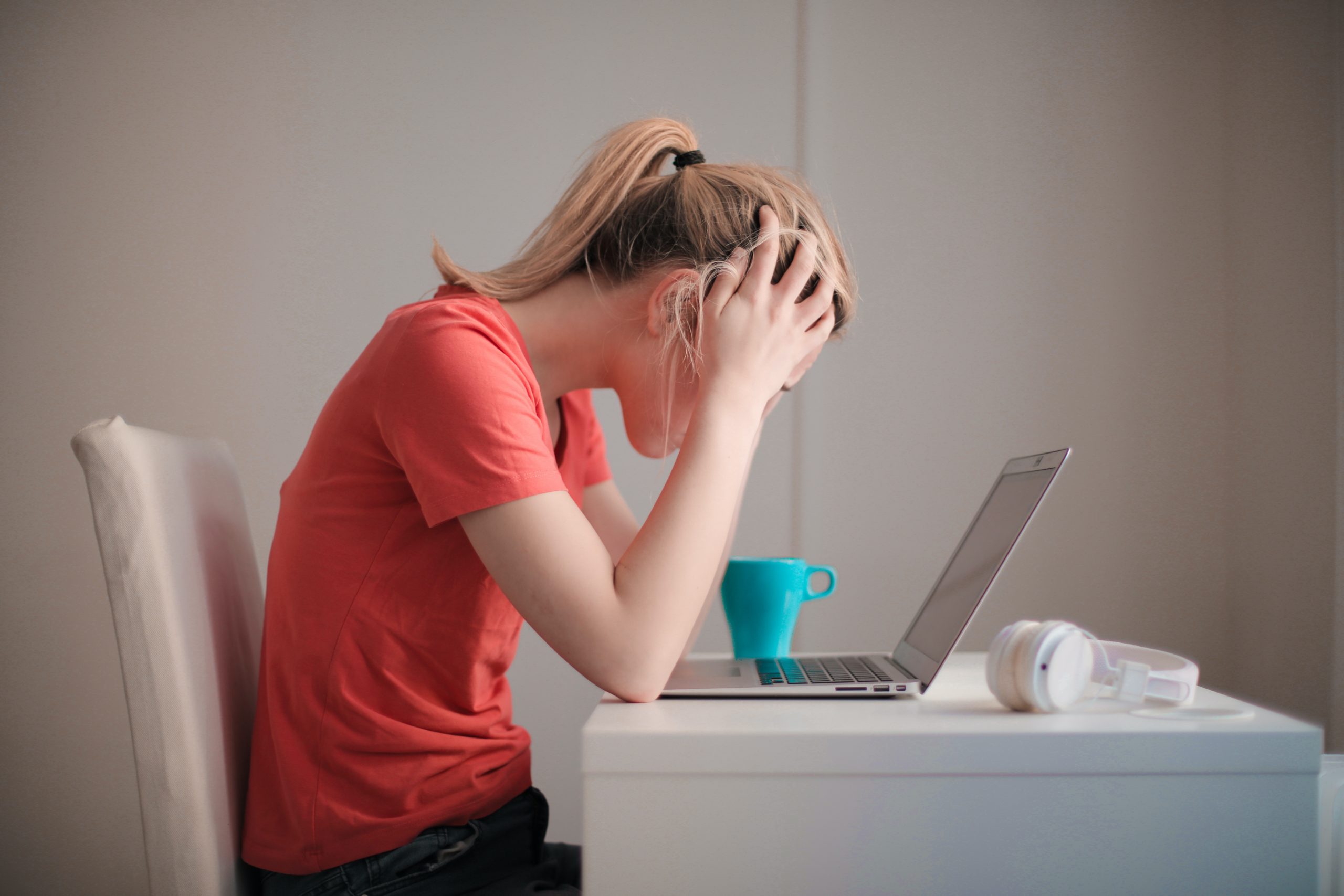
A Fresh Strategy for Students to Beat Anxiety
By Tim Elmore
The numbers keep climbing. Both adults and students are suffering from anxiety levels that are worse than any period we’ve ever seen, including the Great Depression. More than 8 in 10 students admit to struggling with anxiety or depression on a regular basis, and adults report numbers have jumped from 11 percent in 2019 to 41 percent in 2021. More than 8 in 10 adults say that COVID-19 was causing significant stress in their lives. Further, 87 percent say the economy is a source of high stress and anxiety for them.
- In 2018, Barnes and Noble, America’s largest book retailer, announced a huge surge in the sales of books on anxiety. “We may be living in an anxious nation,” they reported.
- Celebrities like Justin Bieber, Michael Phelps, Oprah Winfrey and Simone Biles have all come out about their anxiety issues and even taken a break because of them.
- Approximately 26 percent of males and 40 percent of females will develop an anxiety disorder during their lifetime.
- One anxiety victim described it: “When it’s bad, it feels like an electric current building up inside of me and it’s going to shoot out of me, except it doesn’t, which is worse.”
Newsweek Journalist Dan Hurley writes, “Anxiety has become so widespread—and, to many Americans, downright disabling—that in September the U.S. Preventive Services Task Force, an independent panel of experts in primary care and preventative medicine, recommended that all adults under age 65 get screened for the condition, which could bring much-needed treatments to many more people.”
This has become almost impossible to manage. Or, has it?
Science Has a Fresh Strategy to Treat Anxiety
Fortunately, science has made great strides toward addressing anxiety. So has social science. These two elements may just be our solution to successfully treating our anxiety. While I am not against medication, the reviews on many of them are mixed at best, including cannabis. In September, the U.S. Preventive Services Task Force created a list of recommendations to address anxiety. Below I offer a digest of steps from their findings.
1. Anxiety Thermometers: We must evaluate our level of anxiety.
We must begin by realizing that some anxiety is normal. Our world is complex and it’s very appropriate to feel concerned about its state. This is what moves us to respond. If we felt nothing, we’d do nothing. Some doctors recommend using an “anxiety thermometer.” This is simply a questionnaire to assess our level of angst and see how close to normal it is. Are we paralyzed by it, or do we feel an appropriate level to act? Not all anxiety is dangerous. It’s only when worry impairs your ability to function that trouble surfaces.
2. Anxiety Foundations: We must recognize our family history.
Science also has uncovered the fact that our DNA origins can give us a predisposition for battles with anxiety or depression. In other words, it’s nothing we have done; it’s something inside of us that makes us vulnerable to this challenge. Knowing this can empower a person to take healthy steps that begin at the right place, where expectations are neither too low or too high. Kids can be sensitive, worrisome or inhibited, and then challenged to act and address those fears appropriately. This lowers the risk levels of anxiety attacks.
3. Anxiety Inhibitors: We must practice reciprocal leadership.
Science has discovered that how parents raise an anxiety-prone child can make a huge difference in how they mature. Ironically, the children whose parents try the hardest to protect their sensitive natures are the very ones whose anxiety is likely to grow and persist. An amazing study by Dr. Nathan Fox, for example, found that just placing shy, inhibited kids in preschool can help them grow out of their anxiety disposition. Nine in 12 kids whose parents exclusively cared for them at home during the first two years of life remained shy and inhibited as they aged. Caring adults must help kids grow by addressing their fears, not playing into them.
4. Anxiety Conquerors: We must run to the roar.
Today, leading doctors are not quickly resorting to long-term therapy or medication as the treatment of anxiety. They now recommend a relatively shorter-term therapy that enables kids to confront what makes them anxious, rather than shrink from it. At the risk of oversimplifying, caring adults should lead with a combination of empathy and encouragement, helping kids to face their fears. As for medications, most experts now advise against so-called “anti-anxiety” drugs, strangely enough, because of their side effects. Antidepressants work far better. Most of the solution they say, however, is actually facing fears methodically and overcoming them.
The bottom line? Cognitive Behavioral Therapy (CBT) and Exposure Therapy (ET) are science’s first line of defense. Learn to think differently and move toward what makes you anxious.
Wayne Dyer said it succinctly: “When you change the way you look at things, the things you look at change.” The only way out is through.






